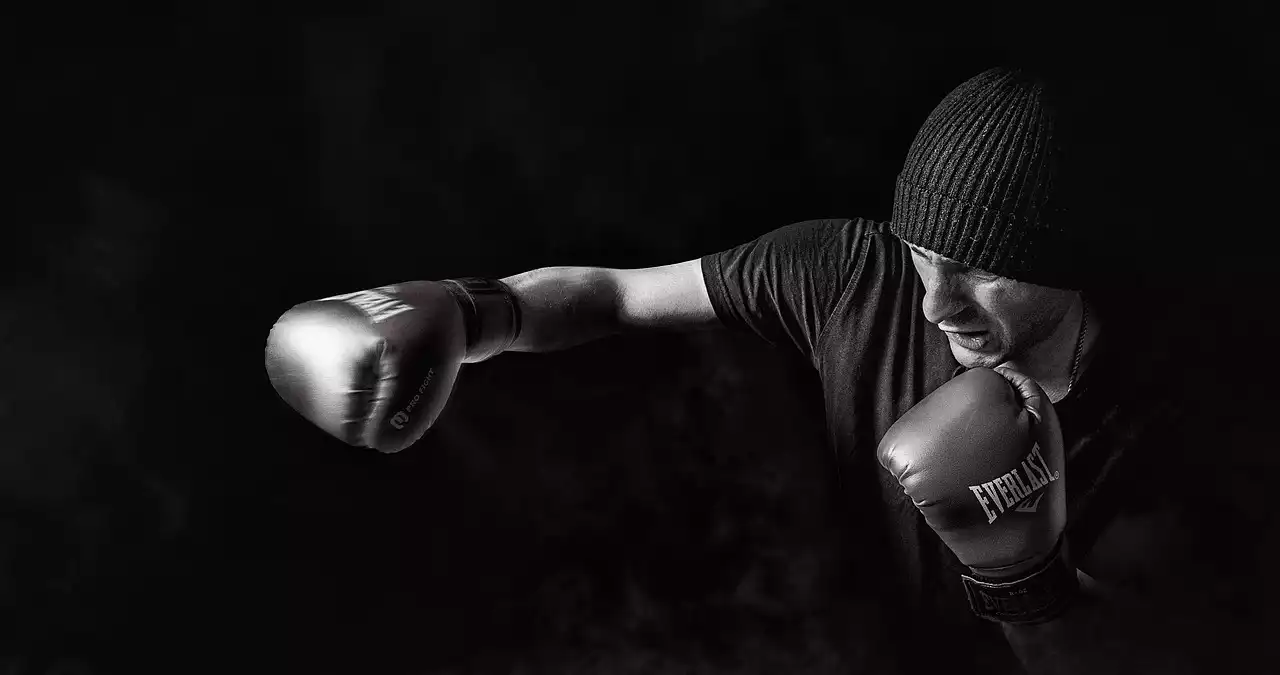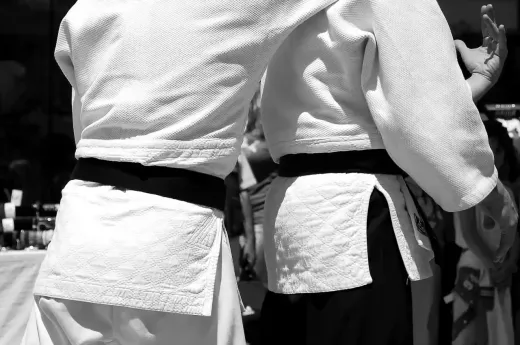Techniques and strategies for fighting in the kicking range
The kicking range is the longest in kickboxing, and it's where most fights start. It's the range where fighters can use their legs to land kicks and keep their opponent at a safe distance. To be effective in the kicking range, one must have good footwork and the ability to move in and out of range quickly.
One of the most effective techniques in the kicking range is the front kick. This kick involves extending the leg straight out in front of the body, using the ball of the foot to make contact with the opponent. It's a quick and powerful kick that can be used to keep the opponent at bay or to set up other strikes.
Another effective kick in the kicking range is the roundhouse kick. This kick involves swinging the leg in a circular motion, striking the opponent with the top of the foot or shin. It's a powerful kick that can cause significant damage if landed correctly.
In addition to kicks, punches can also be effective in the kicking range. The jab, for example, can be used to keep the opponent at bay and set up other strikes. The cross, on the other hand, can be used to follow up on a successful kick or to counter an opponent who is trying to close the distance.
It's important to remember that the kicking range is not just about landing strikes but also about controlling the distance. Good footwork and movement are critical in this range, as they can help you avoid your opponent's strikes while setting up your own.
Techniques and strategies for fighting in the punching range
The punching range is the mid-range in kickboxing, and it's where fighters can use their fists to land strikes. It's a dangerous range, as the opponent can close the distance quickly and land powerful strikes. To be effective in the punching range, one must have good head movement and the ability to throw punches in combination.
One of the most effective punches in the punching range is the hook. This punch involves swinging the arm in a circular motion, striking the opponent with the side of the fist. It's a powerful punch that can cause significant damage if landed correctly.
Another effective punch in the punching range is the uppercut. This punch involves swinging the arm in an upward motion, striking the opponent with the knuckles of the fist. It's a powerful punch that can be used to counter an opponent who is trying to close the distance.
In addition to punches, kicks can also be effective in the punching range. The low kick, for example, can be used to attack the opponent's legs and disrupt their balance. The deep kick, on the other hand, can be used to keep the opponent at bay and set up other strikes.
It's important to remember that the punching range is not just about throwing punches but also about controlling the distance. Good head movement and footwork are critical in this range, as they can help you avoid your opponent's strikes while setting up your own.
Techniques and strategies for fighting in the clinch range
The clinch range is the closest in kickboxing, and it's where fighters can use their knees and elbows to land strikes. It's a dangerous range, as the opponent can control your body and land powerful strikes. To be effective in the clinch range, one must have good clinch control and the ability to throw strikes in combination.
One of the most effective strikes in the clinch range is the knee strike. This strike involves bringing the knee up towards the opponent's body, striking them with the knee or the thigh. It's a powerful strike that can cause significant damage if landed correctly.
Another effective strike in the clinch range is the elbow strike. This strike involves bringing the elbow down towards the opponent's head, striking them with the point of the elbow. It's a powerful strike that can cause significant damage if landed correctly.
In addition to strikes, the clinch range also involves grappling and takedowns. The clinch can be used to control the opponent's body and set up takedowns or throws. Once on the ground, the fighter can use ground-and-pound techniques to finish the fight.
It's important to remember that the clinch range is not just about throwing strikes but also about controlling the opponent's body. Good clinch control and grappling skills are critical in this range, as they can help you avoid your opponent's strikes while setting up your own.
Tips for transitioning between the ranges seamlessly
Transitioning between the ranges seamlessly is critical in kickboxing, as it allows you to keep your opponent guessing and avoid their strikes. Here are some tips for transitioning between the ranges:
- Use footwork to control the distance and move in and out of range quickly.
- Use feints and set-ups to create openings for strikes.
- Use combinations of strikes to keep your opponent guessing and set up your next attack.
- Use clinch control and grappling skills to take the fight to the ground if necessary.
- Always be aware of your opponent's movements and adjust your strategy accordingly.
Importance of footwork and movement in kickboxing
Footwork and movement are critical in kickboxing, as they allow you to control the distance and avoid your opponent's strikes. Good footwork allows you to move in and out of range quickly, set up strikes, and avoid your opponent's attacks. It also allows you to transition between the different ranges seamlessly, keeping your opponent guessing and avoiding their strikes.
In addition to footwork, movement is also important in kickboxing. Movement involves using angles and changing directions to avoid your opponent's strikes and set up your attacks. It also involves using lateral movement to control the distance and avoid your opponent's strikes.










